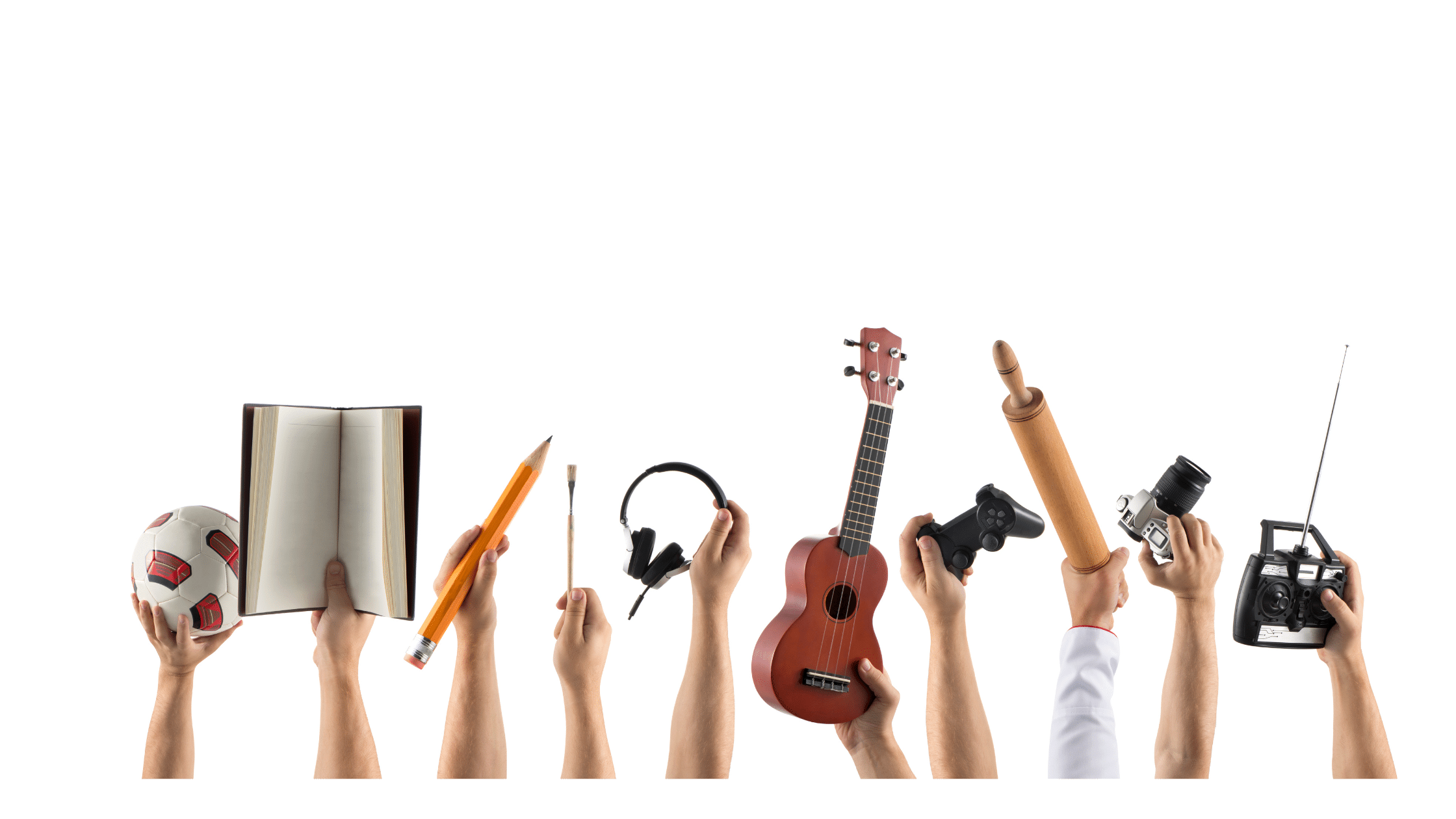Below are seven tools to build, boost and strengthen your self-confidence. They come from the book Self-Confidence: in 30 minutes you know more! by Hans-Georg Willman. The idea is to use these tools regularly so that they become part of your personal repertoire that you consciously or unconsciously use.
Please note that the information is translated from a Dutch edition of the book, so some liberty is used in word use when it comes to writing this article.
In case you want to know exactly how to rebuild your self-confidence after losing it, click here!
If you prefer reading this article in Dutch, click here.
Content page
If you prefer a short summary of the article rather than reading it in full, watch the video below.
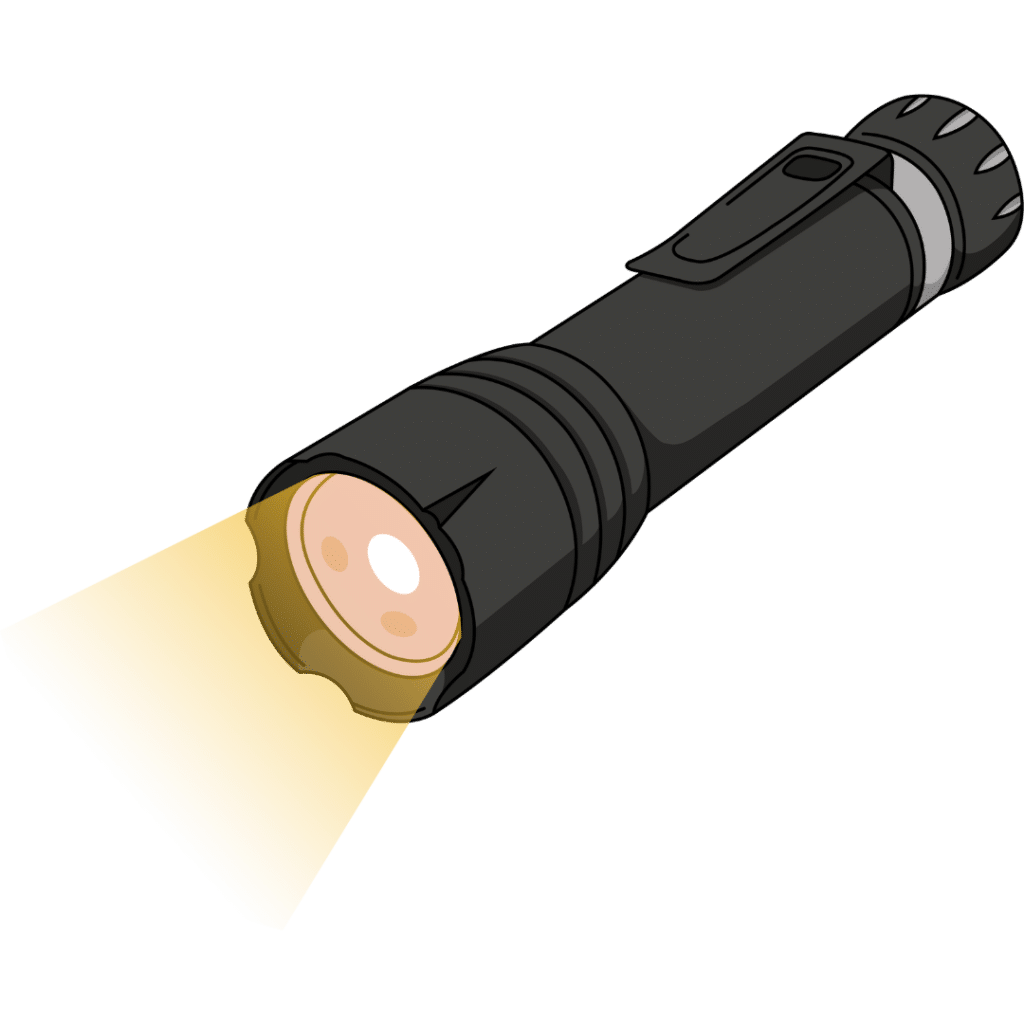
Tool 1: The torch
The first of the seven tools is the torch. You use a torch when you want to get a better look at something in the dark, resulting in you putting a spotlight on that object. When you feel insecure, you tend to magnify all your flaws and imperfections. The effect? You feel even worse about yourself.
Hence, this problem can be tackled differently. Willman suggests that “you learn to look mildly at yourself”. (p. 66) You imagine a concrete situation where you normally feel rather awkward, such as wanting to express an idea you have during a meeting. For some reason, your tongue freezes against the roof of your mouth as your thoughts race by like an express train. That doesn’t really help you to be productive in that moment, and your inner critic loves to give you a hard time if you missed your moment to speak up and voice that idea.
So Willman gives you a second tip: “look at this scenario without judgment”. (p. 67) You are just a spectator. What happens in such a situation? How do you feel about it? Through your upbringing and interactions, you have learned to look at yourself in a certain way, whether positive or negative. By just naming how you feel in such a difficult situation, you become aware of what is really going on in your head and body.
This momentary detachment helps you change your self-image because you make your brain and body aware of the dichotomy of perspectives: that of the present and that of the past. The two remain the same only if you keep replaying the rehearsed programme. However, you are also able to direct that spotlight of the torch differently in such a way that you start seeing possibilities of how you can reach your goals.
For example, are you having trouble saying something at the right time? Perhaps you could enlist the help of your manager or a fellow colleague? They can give you a short signal when you can say something. Is that too difficult or not possible? Perhaps tips from friends, family etc can help. 😊
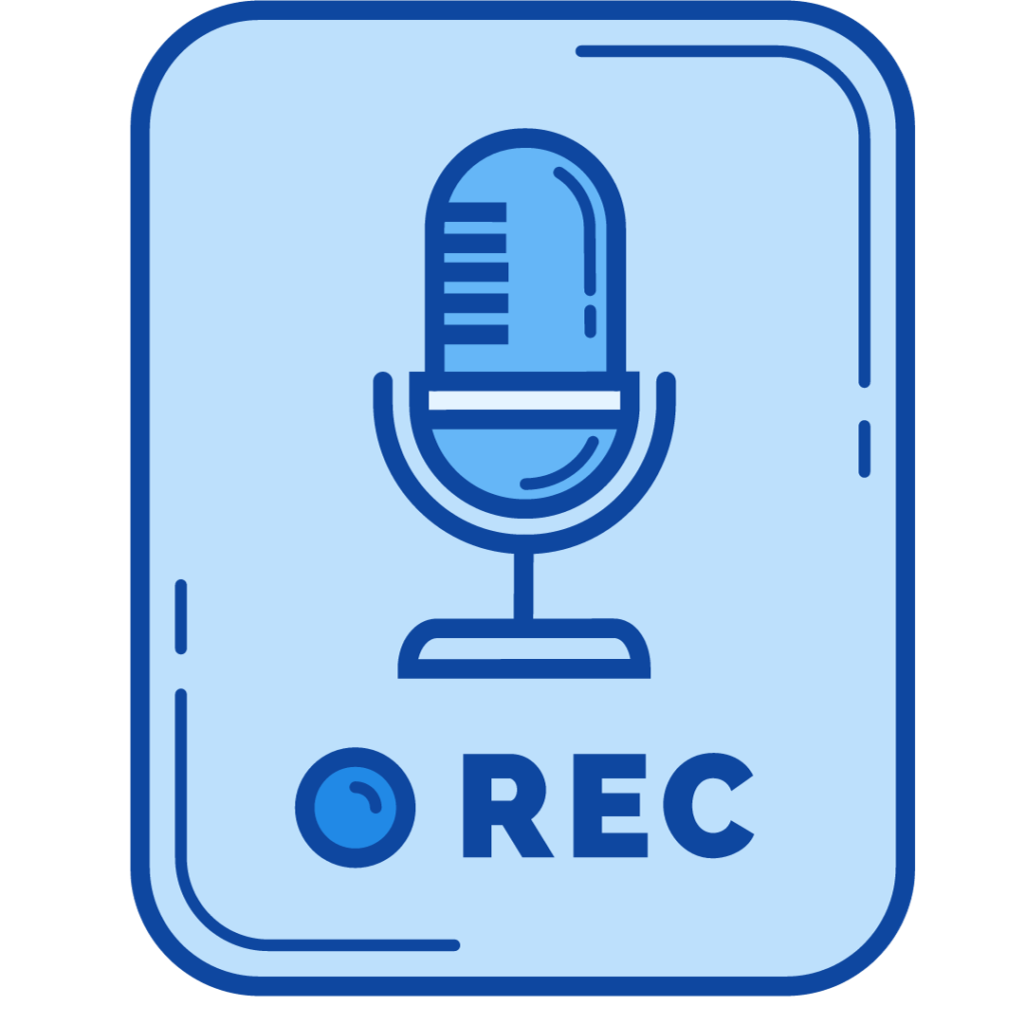
Tool 2: The dictaphone
Throughout the day, we have conversations with ourselves in our heads. This can involve quite a few harsh words if we have not done something quite according to plan. These inner dialogues can make for a rather miserable day if you are not careful! Willman calls these conversations “friendly self-dialogues”. (p. 69)
To boost and build your self-confidence, it is very important to let these conversations be positive and constructive. To avoid this trap of speaking too negatively to yourself, Willman advises, “don’t put too much pressure on yourself by wanting to change the entire ‘conversation culture’ with yourself right away.” (p. 69) Start small, make it a habit, and reap the benefits. In other words, compliment yourself when something has gone well in a specific situation. Be specific. “Make sure you phrase sentences addressed to yourself in a positive way.” (p. 70) And let the effect sink in for a while. After all, change takes time, doesn’t it? 😉
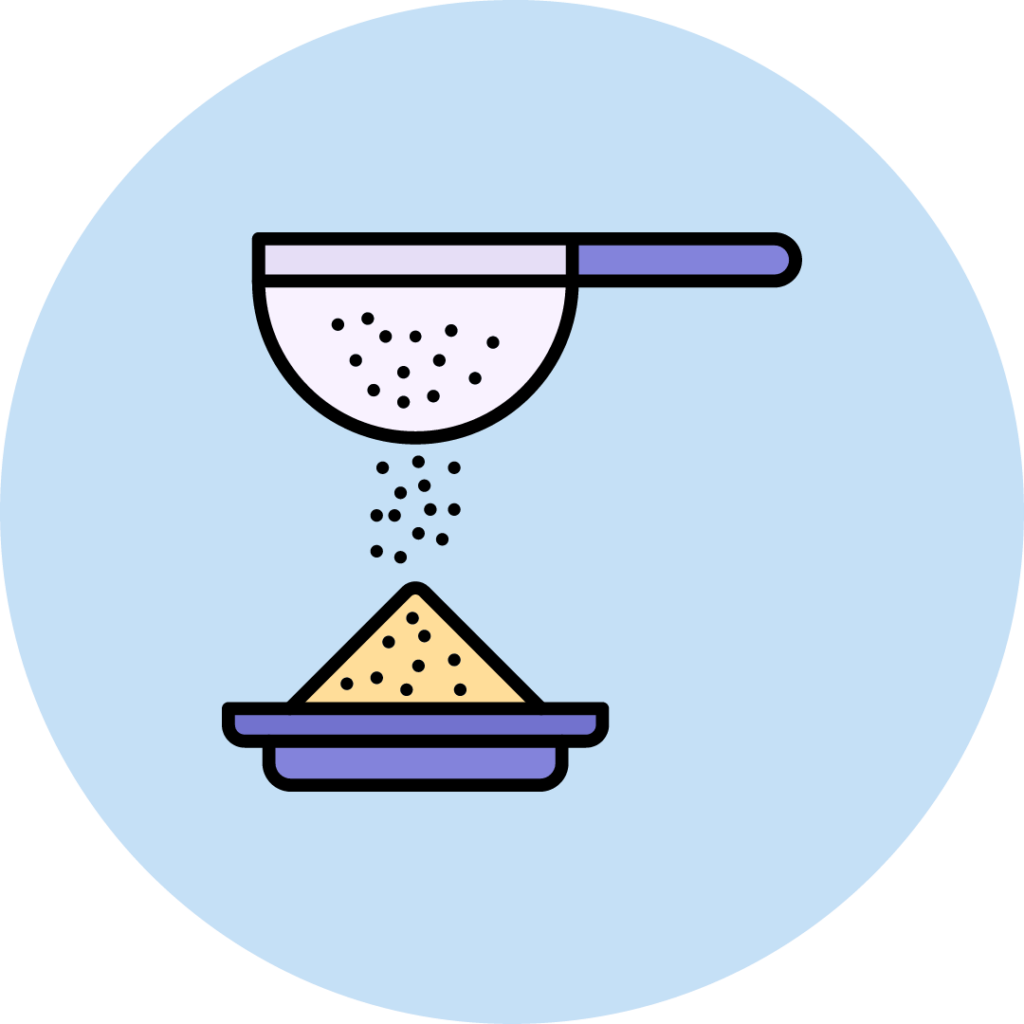
Tool 3: The sieve
Throughout a normal day, all kinds of interactions take place between you and other people. Family, friends, acquaintances, strangers. Put in black and white: the communication has two outcomes: either you are left with a nice, warm feeling, or you feel dull.
For this reason, Willman advises you to “have some kind of sieve for information that benefits your self-esteem. Use this to filter out the utterances that do you good from the deluge that is poured out on you every day. This is not about viewing everything positively or overestimating yourself. Because of course you have strengths and weaknesses and of course the world consists of both good and bad things. The key is to notice both, but to give extra emphasis to your own strengths and what is positive in the world.” (p. 71)
So, selectively filter what helps you best to get through the day in a realistic way with number three of the seven tools. Should you come across someone who is in a bad mood and rather snappy towards you, it does not mean that your self-esteem and self-confidence must immediately plummet to rock bottom. That person is not enjoying life at the moment, but that does not equal the fact that the whole world is coming to an end. Walk away from this thundercloud, check your self-dialogue, and look for sunnier places 😊.
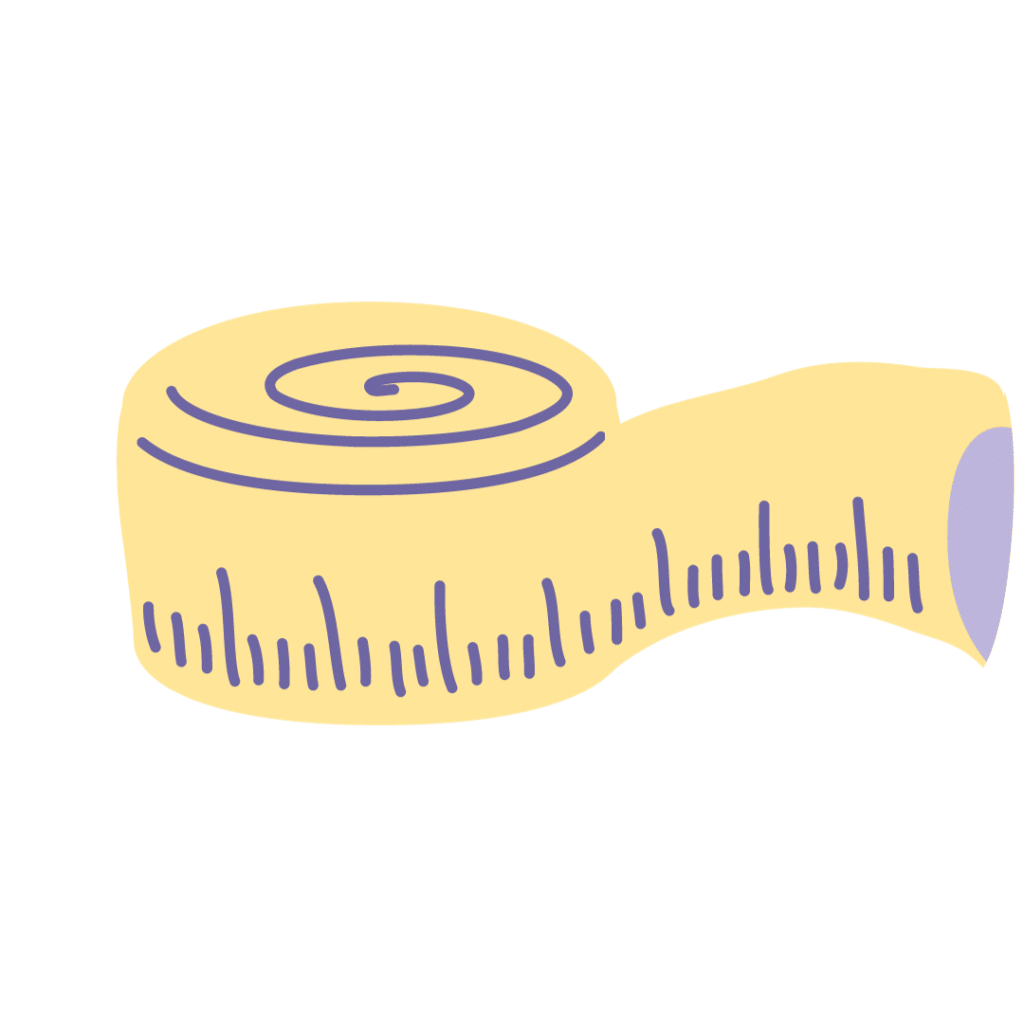
Tool 4: The measuring device
Nowadays, we have all kinds of devices to measure, observe and even imitate the world around us. Before all these devices were invented, we as humans had and ingenious way of signalling how we and our surroundings are doing. Our body is a compass that tells us what is going well and what we can get on with, but also when we need to watch out for whatever reason.
Willman agrees: “Our body is the most important ‘instrument of experience’ we have. Every human being has a lifelong ability to check whether they are doing well or not: whether they are tired or rested, hungry or satiated, healthy or sick. In the course of life, however, we learn either to pay attention to these signals from the body or to take them seriously. The consequences: negative effects on our physical condition. And these, in turn, have their direct impact on our self-confidence.” (p. 74)
Particularly when you approach adulthood and, in particular, when you start working, you soon notice that it is “accepted” to go beyond your own limits to complete your work successfully. Where else do all those people who suffer from burnout come from? It is considered normal when you get into such a state. Why, really? 😞
Surely our bodies – as life organisms – were given this built-in signalling system from birth for a reason? We didn’t get to this point in our evolution by pure chance. Do not neglect this valuable fourth instrument, but cherish it and take good care of it. A healthy mind in a healthy body is a perfect way to maintain your self-confidence.

Tool 5: The microphone
A microphone helps you make yourself understood to others. It amplifies your voice so you don’t have to shout to reach a larger audience. Our body acts not only as a signalling system to ourselves, but also to others. Your posture, facial expression, way of walking, standing, sitting…. All tell your environment how you are (or are not) doing. Hence, number five of the seven tools is: the microphone!
Willman explains: “To others, the first and quickest thing we notice is our physical appearance – whether we want to or not. Even before we have said a word, the other person forms a picture of us and reacts based on that. Communication researchers worldwide have demonstrated this in countless studies. Our appearance determines the first impression the person opposite us will form of us. How our physical state appears to others, the other person’s reaction, and the effect of this reaction on us cannot be underestimated.” (76-77)
Do remember that you can also pretend to feel good while your world is collapsing behind the scenes. Why? Because the way you present yourself is noticed by two observers: your environment, and yourself. You could have woken up with a bad mood and be feeling positively grumpy, or you could consciously choose to make the most of it that day. Your inner experience then changes along with your decision to see the day from its brighter side. The result? You feel better, radiate this outwardly, and those around you don’t even realise that a few hours ago you just wanted to pull the covers over your head and stay there moping 😉 .
Willman also gives a few other tips to boost your confidence in particular, namely:
“Change something about your appearance so that you instantly appear different to those around you. Take care of your hairstyle, house, nails and teeth.
Change something about your posture to have a positive influence on yourself and others. Pay attention to an upright posture, dynamic movements, deep breathing and a friendly smile.
Engage in sports to increase your physical health. This will increase your muscle tone and the tension in your body.” (p. 78-79)
Try out some of these tips. Start small, so you can get used to the changes happening both inside yourself (a positive self-image) and outside yourself (people feeling attracted to you). 😊
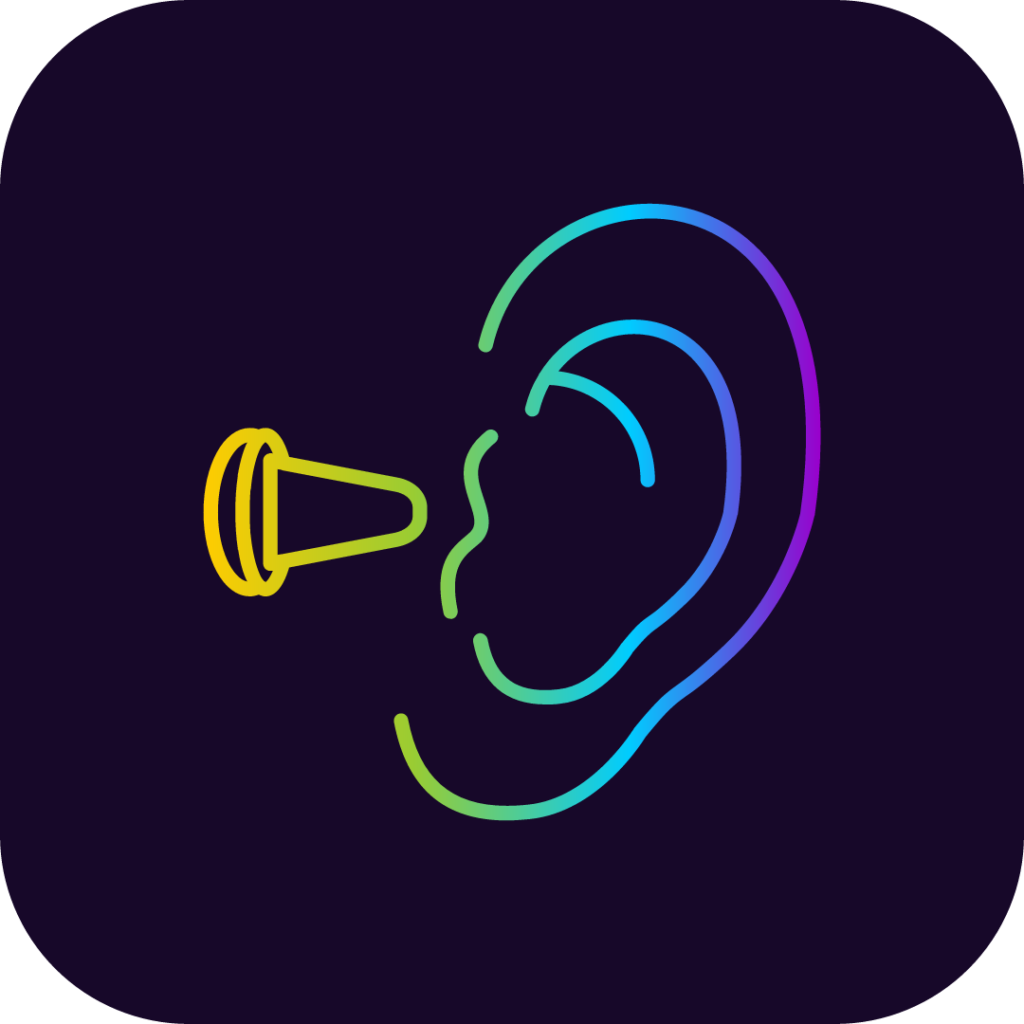
Tool 6: The earplugs
It’s not too hard to guess what earplugs are for! 😊 Right! To block out outside noises so you don’t have to deal with them. These earplugs help you stay focused on the goals you have set for yourself, and not to stray off course and take on other tasks that leave you completely exhausted. That doesn’t help your self-confidence at all, does it?
Willman points out that these earplugs are tools “you can use to protect your ears when the voices of those who always have objections get too loud. Cutting yourself off from the ifs and buts of people around you is very effective for boosting your self-confidence. Because especially in situations where you feel insecure about a matter, you are easily affected. Since it is not always easy to avoid the people who make you feel insecure with their misgivings, you should always have your invisible earbuds with you and learn to consciously ignore their remarks. When others doubt your skills, it makes you insecure and therefore you yourself start doubting your skills.” (p. 80)
He adds that “to rebalance your self-confidence after one negative experience, you need three positive experiences. This applies equally to people who don’t trust you with something. Don’t put your self-confidence at risk by dealing with people who want to take it away from you.” (p.80) Well, this sixth of the seven tools is perfect for that!
You heard the man 😉
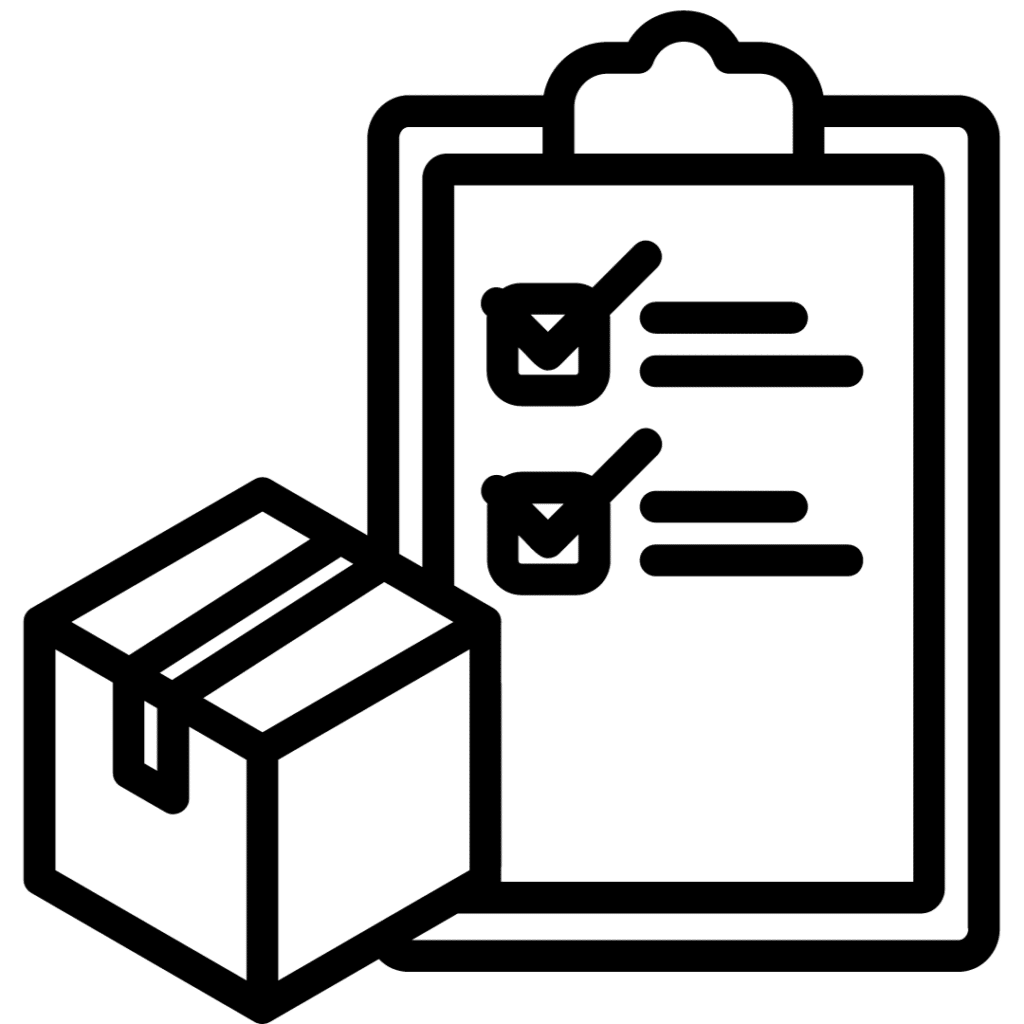
Tool 7: The ‘self-confidence inventory list’
During difficult or exciting moments in your life, it is easy to lose heart and quickly run the other way. It is precisely at such moments that it is good to exercise your self-confidence muscles. Willman encourages you to “arm yourself mentally. In such cases, compile the self-confidence inventory list, noting things you like about yourself and your life. Answer the following nine ‘feel-good’ questions:
What do I like about myself right now?
What am I very proud of?
What do I like about my life circumstances?
What am I grateful for?
What difficult situation did I get through well?
When do I feel particularly good about myself?
When have I been particularly brave?
What do I really enjoy doing?
Which people think I can do something well?” (p. 81)
Be honest when answering these questions, even if it hurts. Remember that your own progress is stunted by you pampering yourself too much. Be gentle, but also be authentic and candid with yourself. If you need to cry, cry. If you need to laugh, laugh. The nice thing about having privacy is that you can grow behind closed doors. No one even has to get wind of it. It is none of their business, after all 😉 . Growth happens in silence, doesn’t it? And with these seven tools, it should be totally fine! 👌

